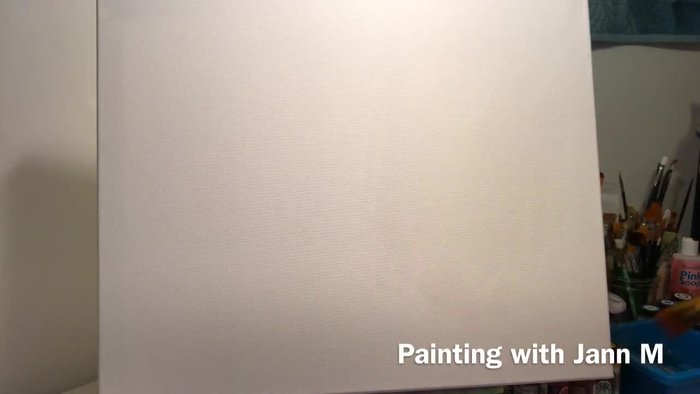Acrylic paints, known for their vibrant hues and quick-drying nature, can sometimes present a challenge when aiming for smooth, seamless transitions. Achieving soft, dreamy backgrounds, free from harsh lines and brushstrokes, requires a specific approach. The allure of effortlessly blended colours, creating a depth and luminosity that captivates the eye, is often the goal of many artists working with acrylics. This captivating effect is achievable, however, with the mastery of a single, powerful technique: wet-on-wet blending.
This seemingly simple method unlocks a world of possibilities, transforming your acrylic paintings from crisp and defined to subtly nuanced and ethereal. The key lies in understanding the precise timing and application of wet paint onto a still-wet surface. In the following step-by-step guide, we will explore the intricacies of wet-on-wet blending, revealing the secrets to achieving those coveted soft edges in your acrylic backgrounds and unlocking your creative potential.
Preparation and Safety Guidelines
- 1620 canvas
- water
- acrylic white paint
- Folk Art Greenscape paint
- 1-1.5 inch wide brush
- mop brush
- paper plate
- Always work in a well-ventilated area. Acrylic paints contain solvents that can be harmful if inhaled.
- Protect your work surface. Acrylic paint can stain, so cover your table or use a palette.
- Clean your brushes immediately after use. Acrylic paint dries quickly and can become difficult to remove once hardened.
Step-by-Step Instructions
Prepare the Canvas
- Saturate your dry canvas with plain water.
- Let the canvas sit for 2-3 minutes.


Prepare the Canvas Apply Base Coat
- Apply a thick coat of white acrylic paint using a scooping motion. Ensure the paint remains wet.

Apply Base Coat Blend in Color
- While the white paint is still wet, blend in Folk Art Greenscape (or your desired color) using a crisscross stroke. Do not cover the entire canvas; focus on specific areas.

Blend in Color Soften Edges
- Use more white paint to soften the edges of the Greenscape, preventing the green from completely taking over.

Soften Edges Smooth (Optional)
- Use a mop brush to further smooth the edges if desired (for a smoother, non-choppy look).

Smooth (Optional)
Read more: 7 Top Paint Color Trends for 2024: A Complete Guide with Free Downloadable Resource
Tips
- Work quickly to prevent the paint from drying. Dry areas will not blend well.
- Use a wide brush (1-1.5 inches) for efficient blending across large canvases. Donna Dewberry's website is recommended for purchasing appropriate brushes.
- Check for shiny areas to ensure adequate paint coverage. Matte or gray areas indicate insufficient paint.
- Don't overblend. You want a subtle blend, not a uniform color. Maintain some choppiness for texture unless you are aiming for a very smooth finish.





